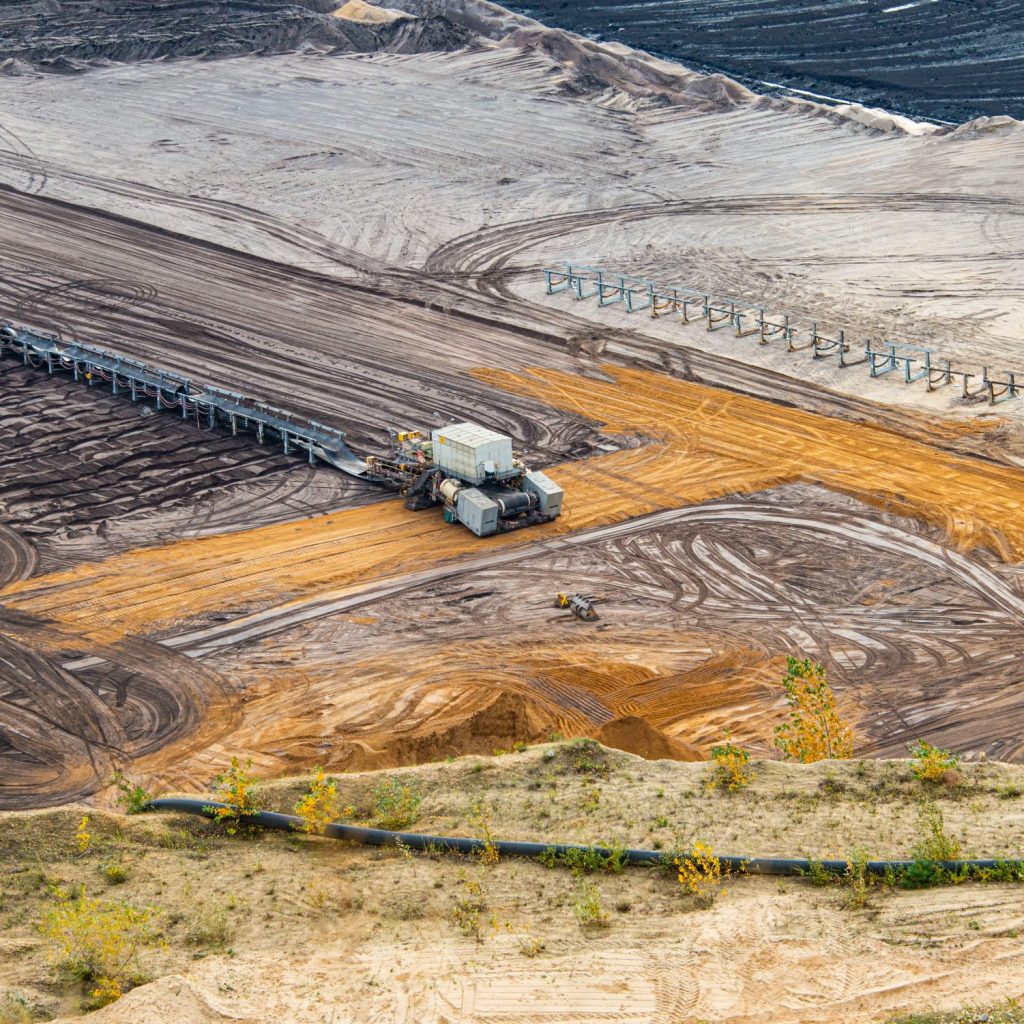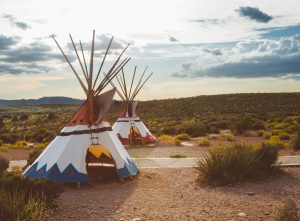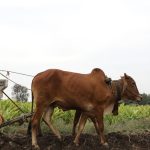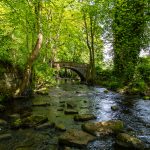Introduction
Inspired by “The Unsettling of America: Culture & Agriculture” by Wendell Berry, this article delves into the history of North America and the profound impact of European colonization on its delicate ecosystems. The arrival of European settlers heralded a new era, one marked by dramatic shifts in the continent’s natural landscape. By exploring stories and examples, we aim to shed light on how the Europeans inadvertently altered the region’s natural habitat.

Photo by on Pexels
The Collision of Worlds
The encounter between indigenous cultures and European settlers was a collision of divergent worldviews and approaches to nature. Native American societies had evolved over centuries to coexist in symbiotic harmony with their surroundings. They practiced sustainable agricultural methods, revered the land, and understood the interconnectedness of all living beings. In contrast, the Europeans arrived with a different perception of the land—as a resource to be exploited for wealth and expansion.
The Agricultural Transformation
European settlers brought with them an agricultural paradigm that contrasted starkly with the land management practices of indigenous peoples. The introduction of large-scale monoculture farming disrupted the intricate balance of ecosystems. Forests were cleared to make way for expansive fields, and native plant species were replaced with European crops. The profound shift from subsistence farming to profit-driven agriculture reshaped the land’s ecological fabric.
Displacement and Disruption
The migration of Europeans also precipitated the displacement of indigenous populations. The encroachment on Native American lands resulted in forced relocations and loss of traditional territories. This displacement not only fractured communities but also disrupted the delicate equilibrium between humans and the environment. Stories of the forced removal of the Cherokee Nation along the Trail of Tears stand as poignant reminders of the environmental and human toll of European expansion.
Exploitation of Resources
The European desire for wealth and resources led to the intensive exploitation of North America’s natural riches. Forests were felled for timber, rivers dammed for industrial use, and minerals extracted for profit. The demand for fur trade further strained ecosystems, decimating animal populations and altering delicate predator-prey dynamics. The result was a landscape forever transformed, with consequences reverberating through time.
The Demise of Biodiversity
The introduction of foreign species by Europeans had far-reaching ecological consequences. Invasive species, whether intentionally or inadvertently introduced, outcompeted native flora and fauna, leading to a decline in biodiversity. The European starling, for instance, was introduced in the late 19th century and quickly proliferated, outcompeting native bird species for resources and nesting sites. This disruption of the natural order had cascading effects on ecosystems.
The Altered Waters
European settlers drastically altered North America’s waterways, impacting aquatic ecosystems. Wetlands were drained for agriculture, rivers were dammed for industrial purposes, and pollution from mining and industry contaminated water sources. These changes disrupted the habitats of aquatic species and led to the degradation of water quality. The once-pristine waters that sustained both humans and wildlife were transformed into polluted and altered landscapes.
A Shift in Perspective
Wendell Berry’s works, while not directly referenced here, echo the sentiment of questioning the trajectory of human progress. His writings reflect on the price paid for unchecked expansion and consumerism. The examples from his stories find resonance in the broader narrative of how European settlement fundamentally altered the course of North America’s natural history.
Lessons for the Present
The story of how Europeans transformed North America’s natural habitat serves as a poignant lesson for the present. It underscores the importance of understanding the interconnectedness of ecosystems and the consequences of unchecked human intervention. As we grapple with modern environmental challenges, such as climate change and habitat loss, the history of ecological disruption compels us to adopt a more thoughtful and sustainable approach to land use and resource management.
Conclusion
The European colonization of North America wrought profound changes upon the continent’s natural habitat. The collision of indigenous wisdom and European ambitions reshaped ecosystems, altered landscapes, and disrupted the delicate balance that had evolved over millennia. Stories from history, alongside reflections from the works of writers like Wendell Berry, remind us of the ecological toll of unchecked expansion.
As we stand at a critical juncture in human history, the lessons from North America’s past invite us to reevaluate our relationship with the environment. By embracing a holistic understanding of ecosystems, practicing sustainable land management, and honoring the interconnectedness of all life forms, we can chart a course toward a more harmonious coexistence with the planet that sustains us.












